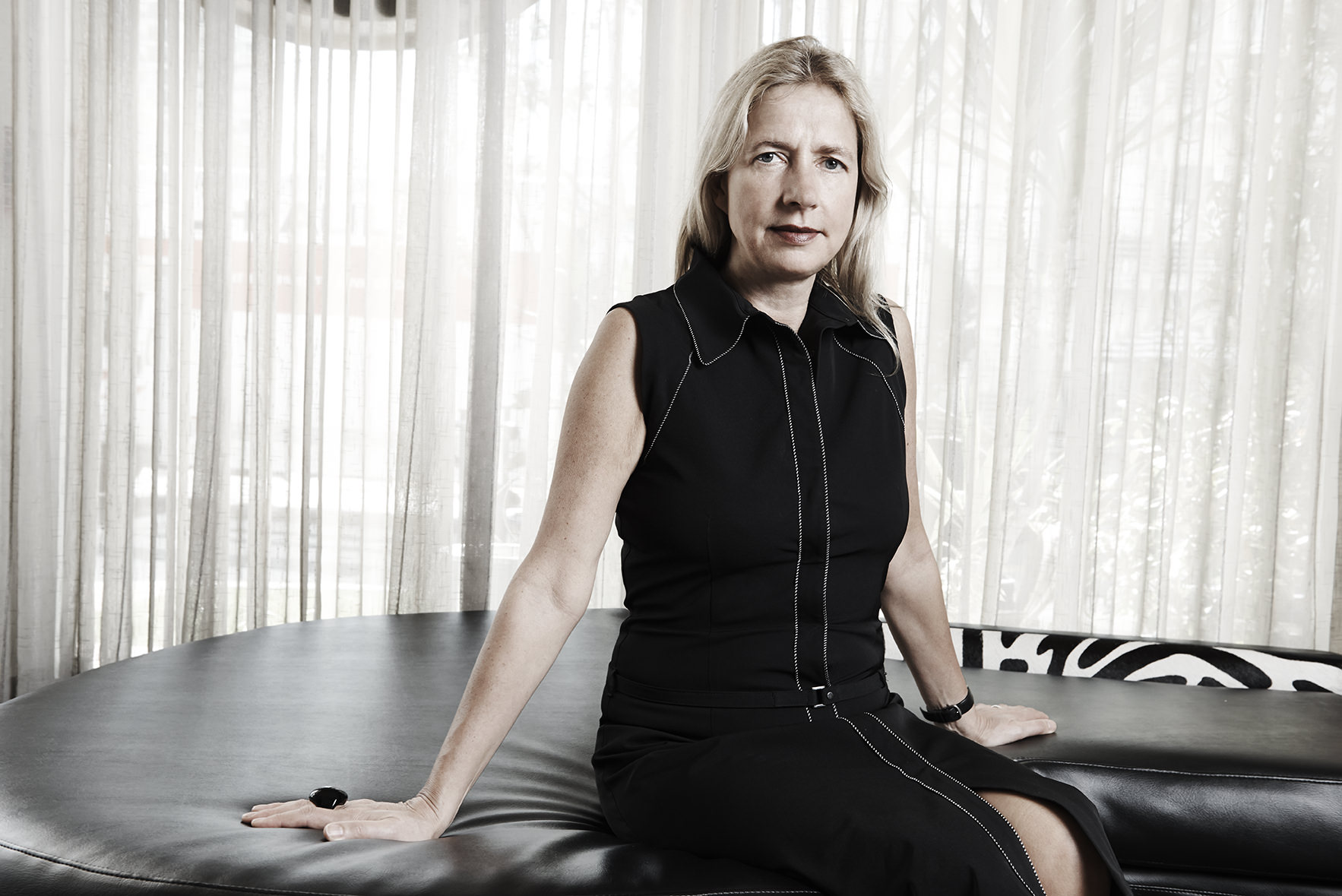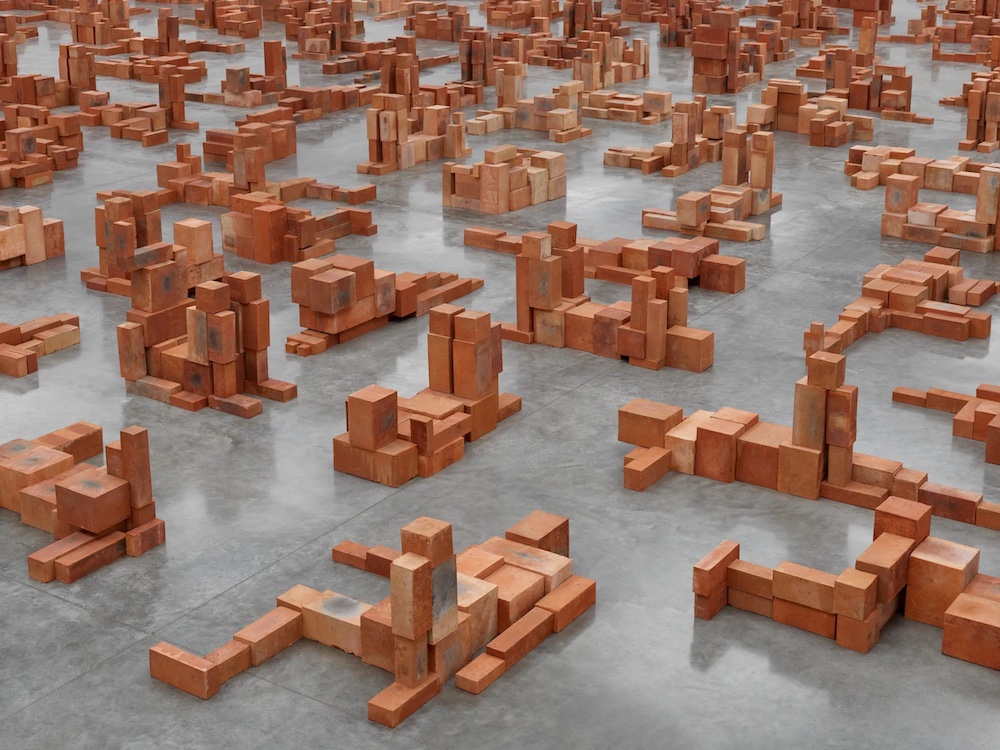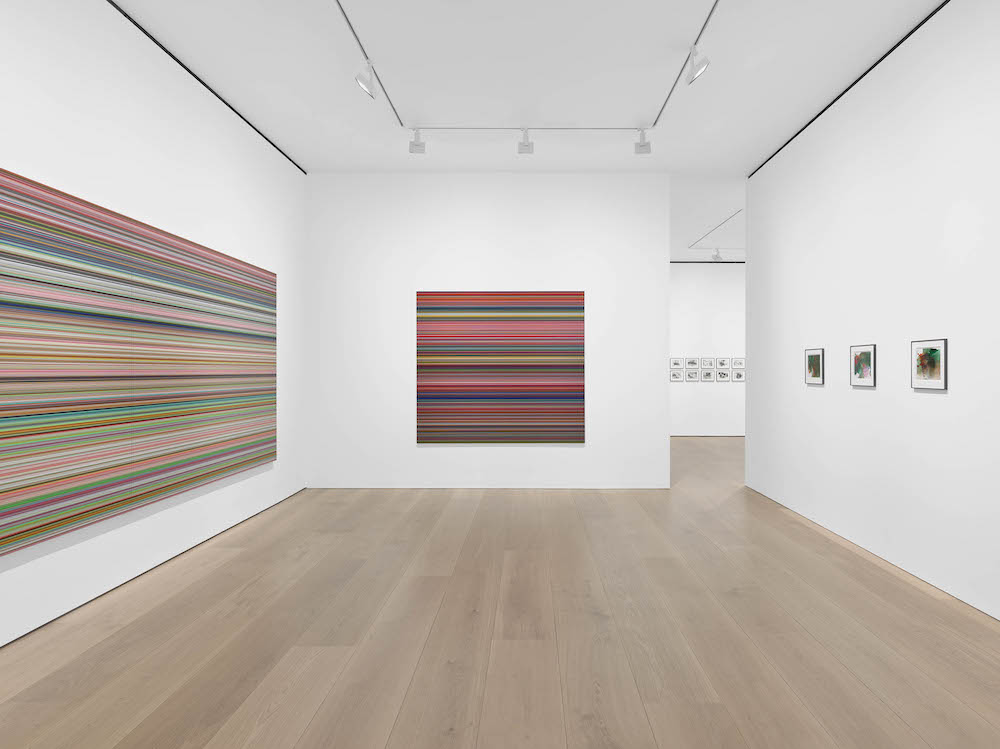This weekend, the Whitechapel Gallery at Windsor will present its latest exhibition, this time of work by Jasper Johns. The show will include a collection of etchings and lithographs the artist created with Universal Limited Art Editions (ULAE), ranging from the 1980s to today. The show came together thanks to the combined efforts of Whitechapel Gallery, London’s director Iwona Blazwick, Windsor’s Hilary Weston, and the artist.
Blazwick sat down with us yesterday at the Riviera South Beach, as part of our women in the arts series of interviews during Art Basel Miami Beach week. She told us about how she found that in so much of this work, Johns references the body, whether figuratively or in gesture.
She also filled us in on Whitechapel’s year-old young patrons group, the First Futures headed by Lauren Prakke.
WHITEWALL: This is the third show you have worked on with the Whitechapel Gallery at Windsor. How do you plan its programming?
IWONA BLAZWICK: It has so far been a trilogy. So we wanted to work with an artist who was emerging, mid-career, and then an icon. Printmaking has made an enormous comeback, so we did the first show with Beatriz Milhazes. That was a fantastic beginning. I thought also that the gallery hadn’t looked south, so that was a good opportunity to.
Now the second year was Gert and Uwe Tobias so we looked to Europe. These two gorgeous young artists have really revived woodblock painting. And number three had to be the most important connector in lithography and etching, which is of course Jasper Johns. And he picked up that from Picasso, the two of them bridged the 20th and 21st centuries, because Picasso revived it in the pre-war period and then Johns picks it up in the fifties.
WW: So tell me about his relationship with ULAE. How did that begin?
IB: So he works very closely with this guy called Bill Goldston at ULAE, and this press is an amazing thing. It was founded by a Russian immigrant called Tatyana Grosman, who was on the run from the Nazis. She left St. Petersburg and was living in Paris, where she met her husband who was an artist. As a Jewish woman, she of course, had to run from where the Nazis occupied. They managed to get to New York and they were able to afford a house in Long Island. It just so happened, her father had been a newspaper publisher, and in the front garden one of their neighbors said, “Did you know that those two stones leading up to your house are litho stones?” So they dug them up and sure enough they began doing the production of European paintings. This young curator from a very, very young MoMA (at the time), starts seeing these beautiful prints and he meets Tatyana and says, “You know what, we’re not going to buy this. But why don’t you work with artists to make something new?”
WW: Where does Johns come into this story?
IB: The big moment for Johns was in 1956 where he did the Target, everyone was talking about it, and it just blew everyone away. So she wrote to him, and wrote to him, and wrote, tenaciously. Finally she persuades him out there. We wanted to reflect that he’s been working with them ever since the 1950s. And jasper is still working with them, which is amazing, half a century later and still making great things.
WW: Why was the body something you wanted to look at in this series of work?
IB: We decided to pursue the theme of the body because most people when they think of Jasper Johns, it’s targets and numbers and all these rational systems. But if you look closer at his work, the body is always in there somewhere, there’s always some relation. So we thought we’d regard it from the point of view of the body. And once we did that this world opened up. You could see the body in all these different forms. It’s the artist’s shadow. You could see the body as performance, because of course he was very close to Merce Cunningham. You see the body as a sign. There are lots of sections of this where you’ve got American Sign Language. He loves optical illusions and there are all these tricks like the rabbit duck and there’s the old lady and the young lady. And then I’d say there’s a bit of melancholy to it as he’s coming to death. There’s a whole series in the middle called “The Four Seasons,” and the biggest series is of winter.
WW: We also wanted to ask you about the year-old young patrons group for Whitechapel, First Futures. How did that come about?
IB: One of the great things Lauren Prakke is doing for us is she is our ambassador for this young patrons group. Lauren is working with us alongside Edward Tang and Edouard Benveniste-Schuler from Christie’s. They’re part of a new generation of young people who have put their toe in the water of the art world and collecting.
Every artist we work with makes an edition, it’s incredible. So we’re saying look, you can become collectors, and you don’t have to be a zillionaire. It’s a very nice world, the art world. It’s liberal, it’s intelligent, it’s fun. We figured out we need to do events that fit people’s lifestyles and that’s the plan. The young ones, they’re really dynamic and have the most glorious parties. I’ve never seen so many glamorous kids in one room. I’m very, very proud.










